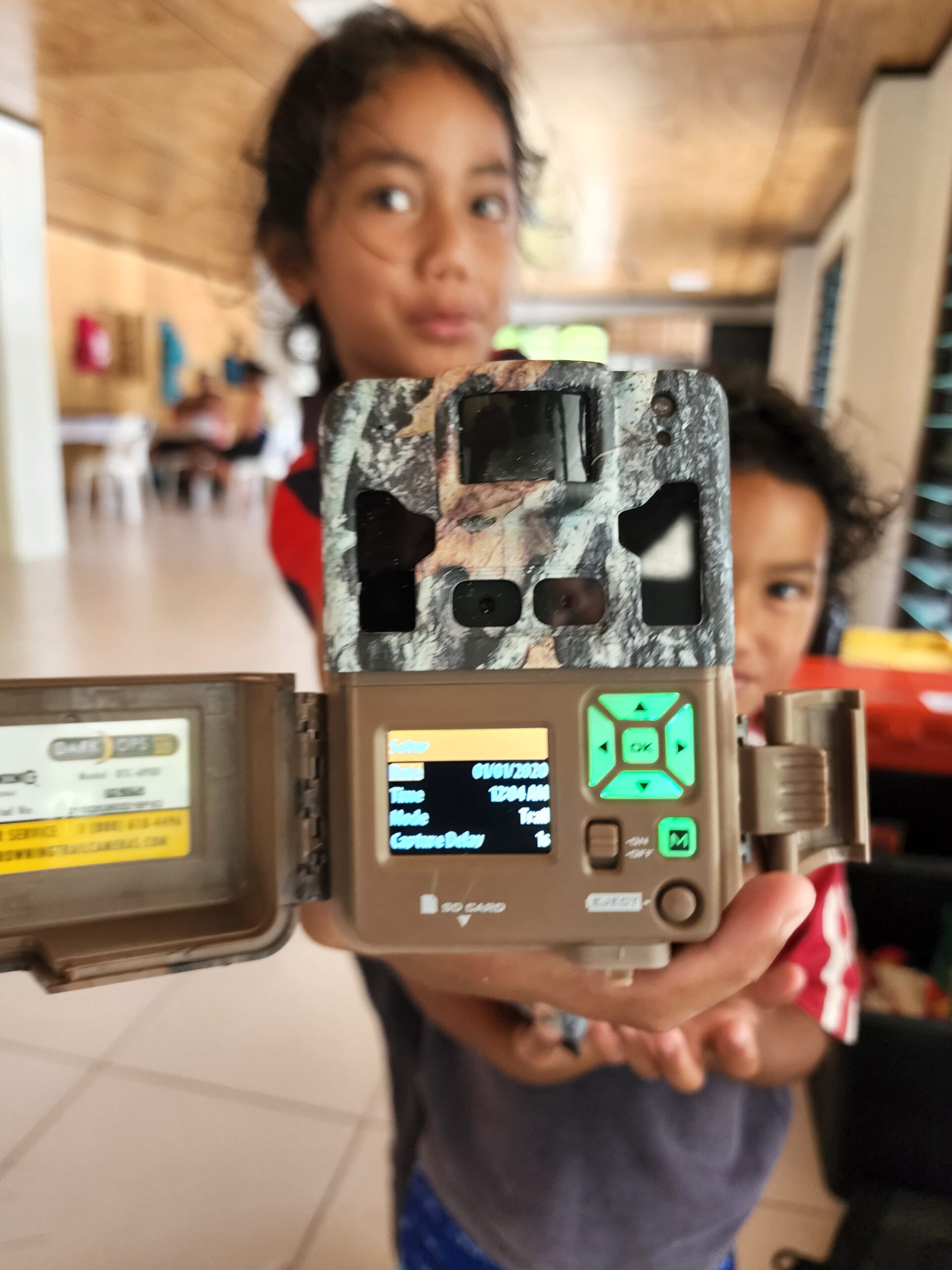Invasive species such as rats pose a threat to island biodiversity. They can impact nesting seabirds and turtles as well as native plants by feeding on native seeds. The impacts of rats have also been felt from island communities who are now having to compete with rats for their food crops. The damage caused by rats from both a social and ecosystem perspective can result in hundreds of thousands of dollars in loss and damage in a small area like Palmerston.
Palmerston Atoll, with a fluctuating population of around 40 people, has for some time shown interest in eradicating rats from their island. In a first step towards achieving this, a feasibility study is currently underway. The feasibility team involves the collaborative efforts of the Department of Conservation (NZ), Palmerston Island Government, National Environment Service, Ministry of Agriculture and Te Ipukarea Society; and is funded by the NZ Ministry of Foreign Affairs and Trade (MFAT) as part of a program of funding to build resilience to climate change amongst communities in the Pacific.
The three week long project involves both field work and community meetings. The team has been consulting closely with the community so that residents fully understand what would be involved in running an eradication operation, and what potential risks may be that could cause the project to fail. By identifying these risks, the project team and community can also identify mitigation methods in order for the project to be successful.
Field work studies have involved using non toxic bait spread over a grid that simulates the baiting regime that would be used in an island wide eradication. The non toxic bait is made up of sugary cereal so completely harmless if eaten by rats or people. The use of non toxic bait is to determine how much bait is being consumed by rats as well as non-target species such as chickens and crabs. Understanding this will allow the team to predict the right quantity of bait needed for the actual eradication. Too little bait can result in a failed project and too much bait would result in increased cost and logistical difficulties and unnecessary use of excess toxin.
Since the 1930s the community has known rats to be present on home islet where the people reside. Over time the community then noticed rats had spread to the neighbouring motu, Cooks Islet, a popular turtle nesting site. To confirm the presence of rats on the remaining motu new tech equipment brought over by the Department of Conservation was deployed to detect any signs of rats. Wax tags infused with peanut butter were used to record teeth marks. Motion cameras in combination with motor lures that pump out peanut butter every few hours were used to record any movement around the peanut butter lures to determine the presence of rats.
So far, initial monitoring surveys have indicated that rats are present only on Home and Cooks motu. They appear to be absent from the remaining motu on the atoll. However the final results will not be available until all monitoring device are collected this coming weekend. Rat trap tests on Home Islet however have confirmed the presence of ship rat along with the pacific rat. Ship rats are potentially more damaging to this ecosystem compared to Pacific rat, as they are more aggressive when it comes to nesting birds and can get into prized numangaro coconuts. Ship rats have been reported to swim distances of over 1km between islands, meaning it is possible for the species to colonise islands within this range and establish new populations..
The team are in the final stages of the field trip, and the findings will be discussed with the community and summarised in a feasibility report to inform planning for the rat eradication if it is to proceed.
The eradication using toxic bait is earmarked to start mid2023. If successful, the completion of the eradication project would make Palmerston the first community island in the Cook Islands and south Pacific to be declared rat free.

